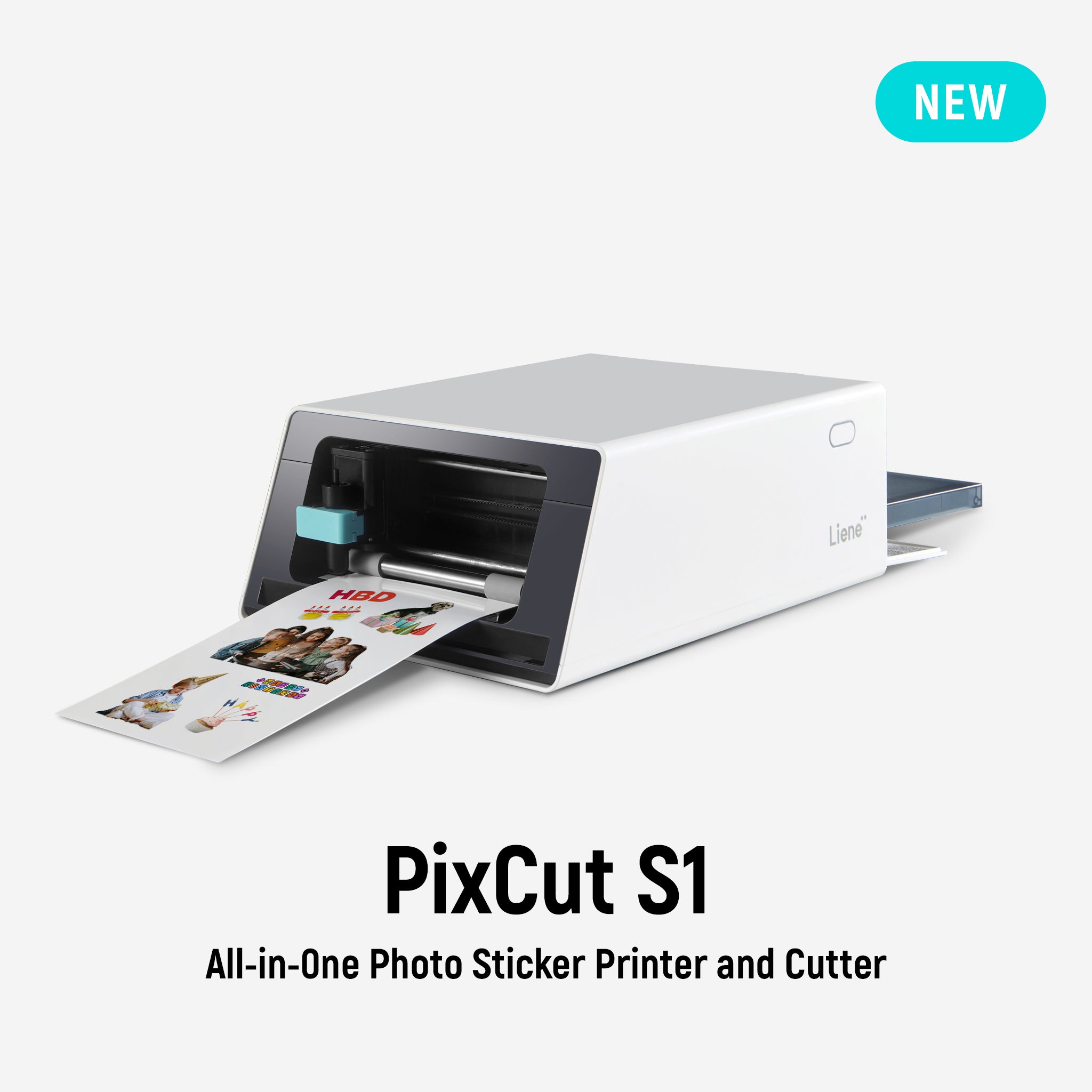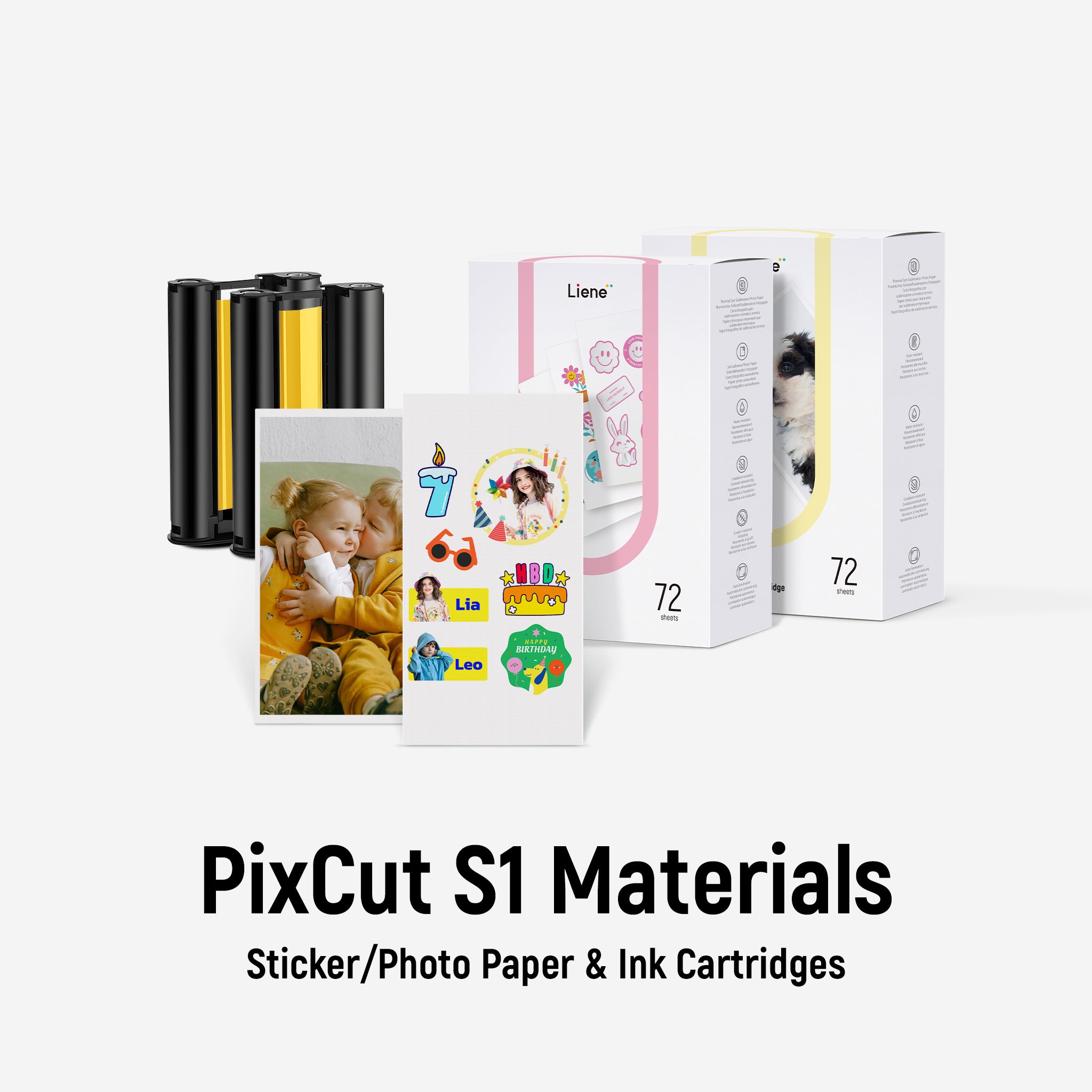Inkless printing is a process that generates text, images, or graphics without relying on traditional liquid inks. This innovative technique utilizes alternative methods like heat, pressure, chemical reactions, or different processes to create visible impressions on a surface. The advantage of this approach is its environmental friendliness, significantly reducing or completely eliminating the waste and pollution typically linked with the production, use, and disposal of ink. In this blog, we will explore the intriguing realm of inkless printing technologies.
About Inkless Printing Technology
Inkless printing technologies are diverse, each suitable for different applications and offering unique advantages such as durability, cost-effectiveness, and the ability to print on various materials. Let’s learn several main methods of inkless printing.

Different Methods of Inkless Printing
- Thermal Printing: Commonly used for receipts and labels, thermal printers use heat to produce an image on specially treated paper. Initially, this was limited to monochrome printing, but advancements have led to color thermal printing as well.
- ZINK (Zero Ink) Technology: This technology uses paper that is embedded with color crystals that become visible when activated by heat. ZINK printers can produce full-color images without needing separate ink cartridges. Liene
- Laser Etching or Engraving: This method involves using lasers to etch or burn an image onto a surface. While traditionally monochrome, advancements in laser technology have allowed for some level of color printing on certain materials.
- Electrophotography (Laser Printing): While not entirely inkless since it uses toner, laser printers differ from traditional inkjet printers. They can print in both monochrome and color.
With the advancement of technology, the potential of inkless printing is continuously growing, presenting options that could be more sustainable and efficient compared to conventional ink-based printing. Nonetheless, factors such as the quality, spectrum of colors, and the variety of materials that can be used with inkless printing differ based on the particular technology used and how it is applied.
Impacts of Traditional Printing Technology on the Environment
Traditional printing technology can have a significant environmental impact due to several factors:

- Ink Usage: Traditional inkjet and offset printing use inks that often contain volatile organic compounds (VOCs) and heavy metals. These substances can be harmful to the environment and human health. VOCs contribute to air pollution, and improper disposal of inks can lead to soil and water contamination.
- Paper Consumption: Printing, especially in large quantities, consumes a lot of paper. This can contribute to deforestation if the paper is not sourced from sustainable forests. Additionally, the production of paper itself is resource-intensive, requiring large amounts of water and energy, and it often involves the use of chemicals that can be environmentally harmful.
- Energy Usage: Traditional printing processes, especially on an industrial scale, require significant amounts of energy. This contributes to the carbon footprint of the printing industry, particularly if the energy is sourced from non-renewable resources.
- Waste Production: Printing processes can generate waste in various forms, including excess paper (trimmings, test prints, misprints), used cartridges, and other consumables. If not properly recycled or disposed of, this waste can contribute to pollution and landfill issues.
- Chemical Usage: Apart from inks, other chemicals are used in traditional printing, such as cleaning agents and solvents. These chemicals can be toxic and pose risks to both the environment and human health.
- Emissions: The transportation of printing materials (paper, ink, finished products) also contributes to greenhouse gas emissions.
Reasons Why Inkless Printing is Considered Superior to Traditional Printing Methods
For sure, inkless printing still requires energy and paper (or other substrates), but it is often considered better than traditional printing for several environmental and practical reasons:
- No Ink or Fewer Chemicals: The most significant advantage of inkless printing is that it doesn't use traditional ink, which often contains volatile organic compounds (VOCs), heavy metals, and other potentially harmful chemicals. By eliminating the need for these inks, inkless printing reduces the chemical impact on the environment.
- Reduced Waste: Inkless printing technologies, such as thermal printing or ZINK (Zero Ink), often result in less waste compared to traditional printing. There are no ink cartridges or toners to dispose of, reducing the amount of waste that goes into landfills and the environmental impact associated with ink production and disposal.
- Energy Efficiency: Some inkless printing technologies are more energy-efficient than traditional inkjet or laser printers. For example, thermal printers and ZINK printers typically consume less power. However, energy efficiency can vary depending on the specific technology and its implementation.
- Sustainable Materials: The development of inkless printing has often gone hand-in-hand with the development of more sustainable printing materials. For instance, thermal paper can be made more environmentally friendly, and there are ongoing efforts to improve the recyclability and sustainability of materials used in inkless printing.
- Reduced Air Pollution: Since inkless printing doesn't use volatile organic compounds (VOCs) found in many traditional inks, it contributes less to air pollution.
- Versatility and Innovation: Inkless printing opens up new possibilities for printing on different materials, some of which might be more sustainable or recyclable than traditional paper. This versatility encourages innovation in sustainable printing practices.
To sum up, although inkless printing still necessitates the use of energy and paper, its possible decrease in chemical utilization, waste generation, and in some cases, energy use positions it as a more eco-friendly alternative to traditional printing methods. Nevertheless, the extent of these environmental advantages is contingent on the specific technologies and methodologies employed in inkless printing.
Introducing Portable Photo Printer Featuring Inkless Printing Technology
In the modern, swiftly evolving digital age, the capability to instantly capture and share memories holds growing importance. The emergence of compact photo printers, especially those equipped with cutting-edge inkless printing technology, represents a notable advancement in this field. These portable, easy-to-use gadgets provide the ease of printing photos while on the move, bypassing the complexities associated with conventional printing techniques.
Unlike conventional printers that rely on ink cartridges, these devices use advanced methods such as ZINK (Zero Ink) or thermal printing. This technology not only simplifies the printing process but also makes it more environmentally friendly. The absence of ink cartridges means less waste and reduced environmental footprint, aligning with the growing global emphasis on sustainability.
Now let me introduce Liene Pearl Portable Photo Printer.
Liene Pearl Portable Photo Printer
The Liene Pearl represents a significant advancement in the realm of portable photo printers, embracing the principles of inkless printing technology.

- This device exemplifies the shift towards more sustainable and convenient printing solutions. The Liene Pearl utilizes ZINK (Zero Ink) Technology, which operates without the need for separate ink cartridges. Instead, it relies on specialized paper embedded with color crystals that are activated by heat to produce vivid, full-color images.
- One of the key features of the Liene Pearl is its portability. Designed for on-the-go usage, it is compact and lightweight, making it ideal for travel, events, or casual home use. This mobility adds a layer of convenience for users who wish to print photos directly from their smartphones or other devices, anywhere and anytime.
- The use of ZINK technology in the Liene Pearl also highlights its commitment to environmental sustainability. By eliminating the need for traditional ink cartridges, the printer reduces the environmental burden associated with ink production, disposal, and the often toxic chemicals found in conventional inks. This approach aligns with the growing consumer demand for eco-friendly products.
- Furthermore, the Liene Pearl boasts a simple and user-friendly interface, allowing easy connection to devices via Bluetooth. This seamless integration ensures that users can quickly print their memories without the hassle of complex setup procedures.
Despite its many advantages, it's important to acknowledge the environmental considerations specific to inkless printing. The specialized ZINK paper used by Liene Pearl, while convenient, raises questions about sustainability and recycling. As with any technology, the overall environmental impact depends on factors like the lifecycle of the materials used and the energy sources powering the device.
In summary, the Liene Pearl portable photo printer, featuring inkless printing technology, signifies a move towards more sustainable, efficient, and convenient printing options. Although it tackles various environmental issues related to traditional printing methods, continuous advancements in the sustainability of materials and energy efficiency remain crucial to fully realize its environmental potential.
Summing Up
In conclusion, inkless printing technologies, exemplified by innovations like the Liene Pearl portable photo printer, offer a promising path towards more sustainable and efficient printing practices. By eliminating the need for traditional inks, these technologies reduce the environmental burden associated with chemical usage and waste production. The portability and user-friendliness of devices like the Liene Pearl underscore the practical benefits of inkless printing, making it accessible and convenient for a wide range of users. However, it is crucial to continue addressing the environmental challenges associated with the materials and energy sources used in inkless printing.
As technology evolves, it has the potential to significantly lessen the ecological footprint of printing and contribute to a more environmentally conscious and resource-efficient future. The journey towards sustainability in printing is ongoing, and innovations like inkless printing are pivotal steps in the right direction.






Leave a comment
All comments are moderated before being published.
This site is protected by hCaptcha and the hCaptcha Privacy Policy and Terms of Service apply.